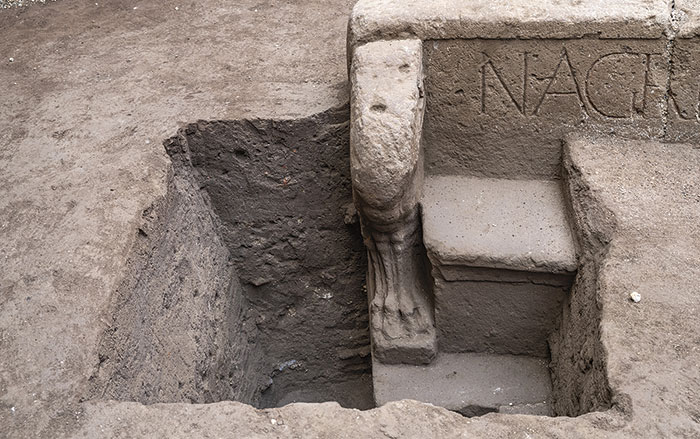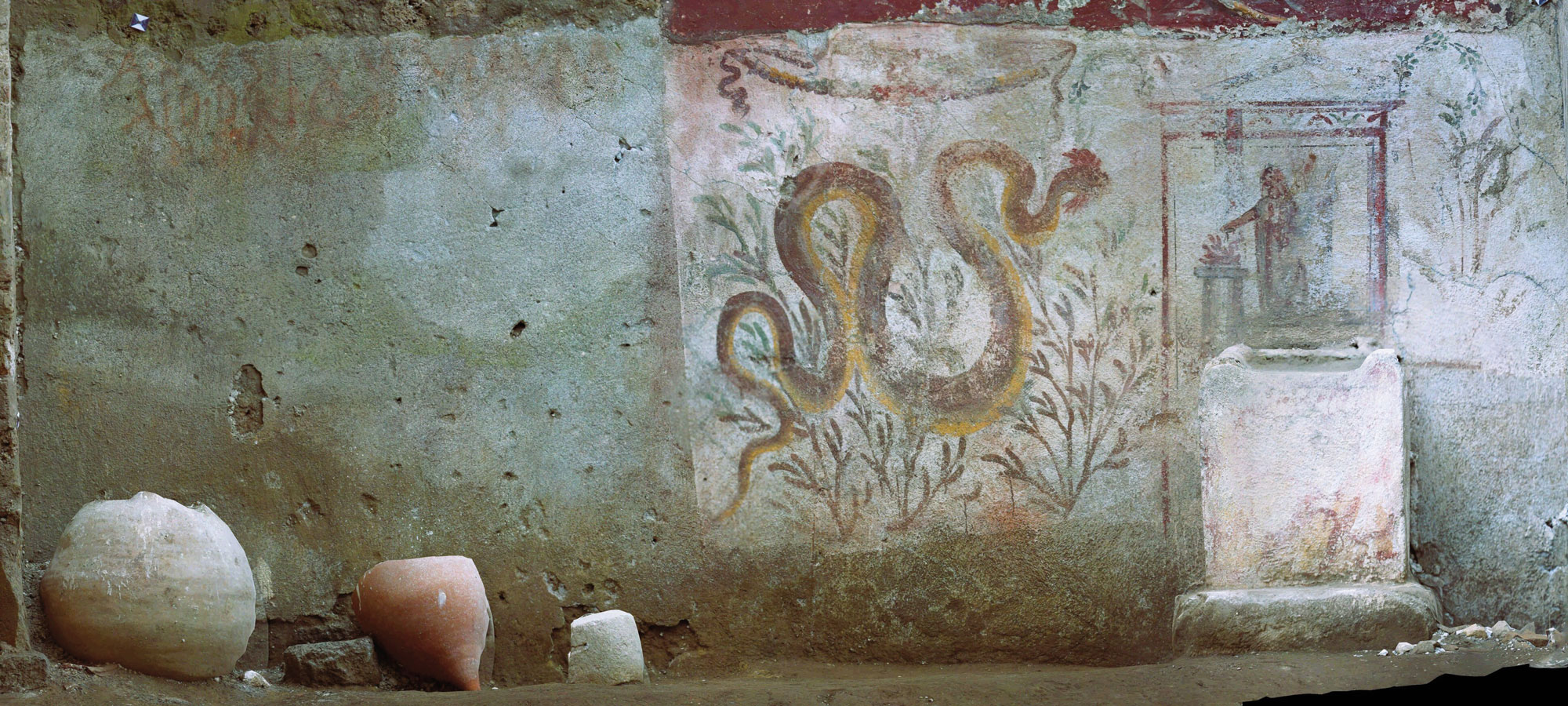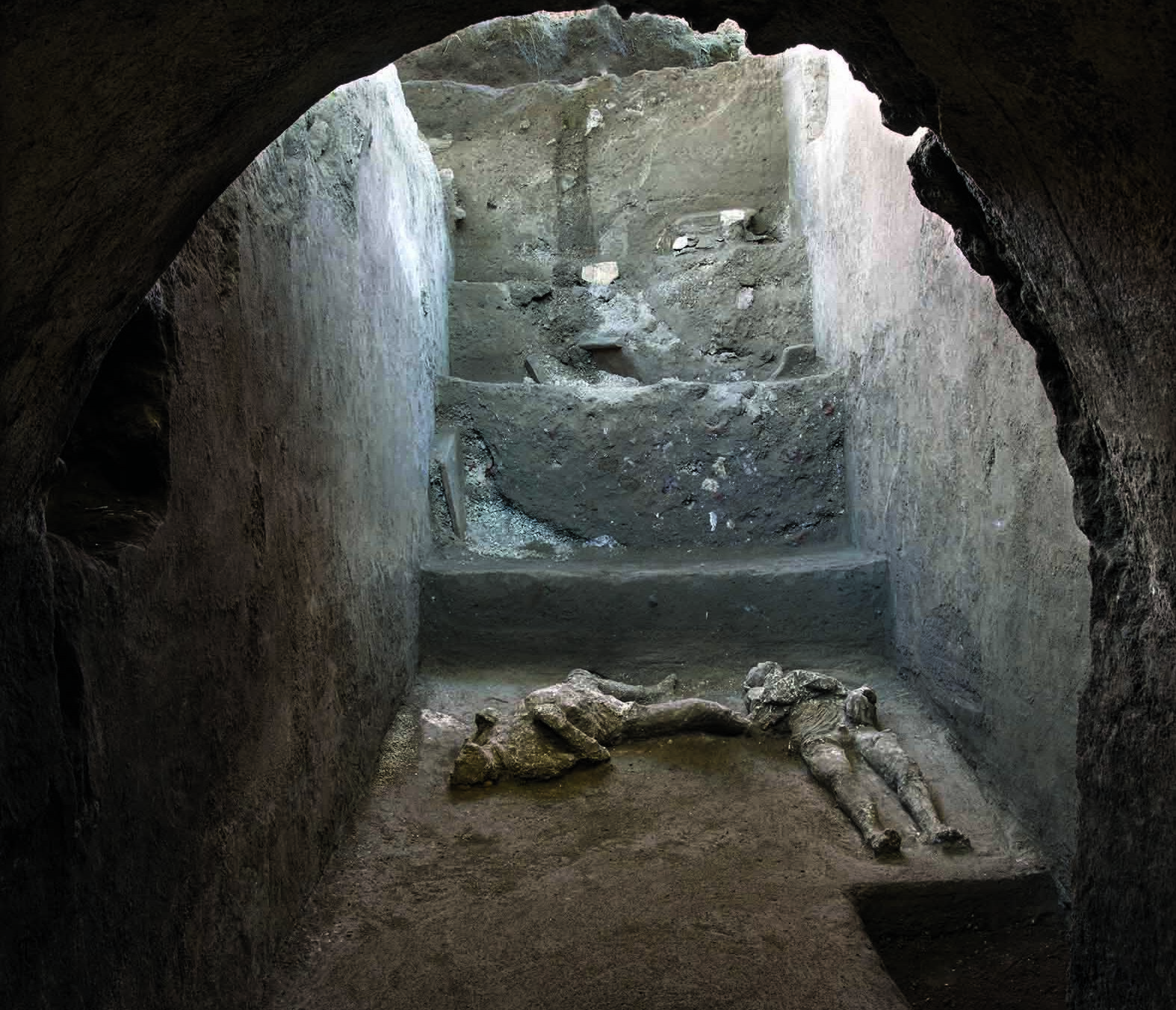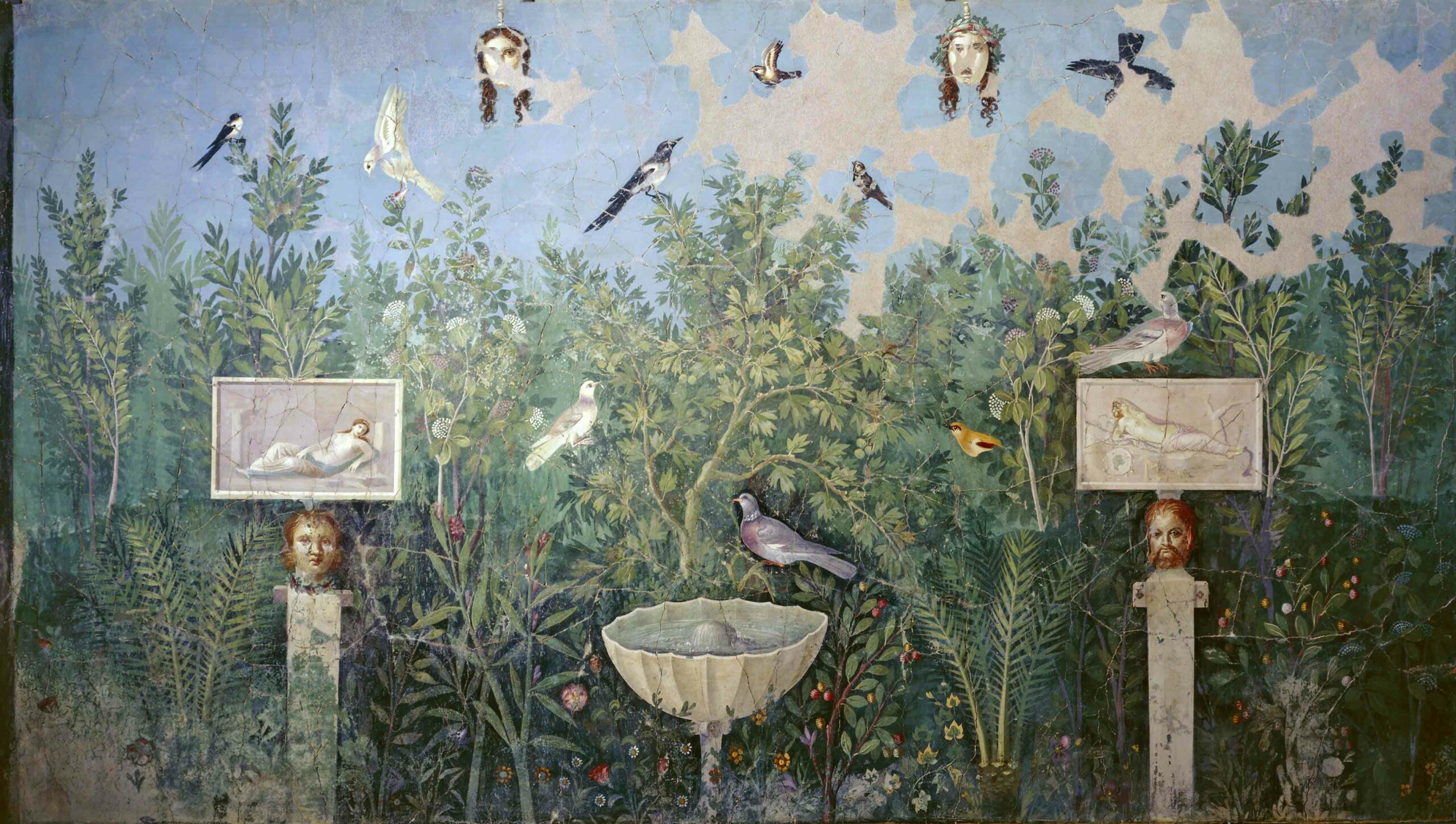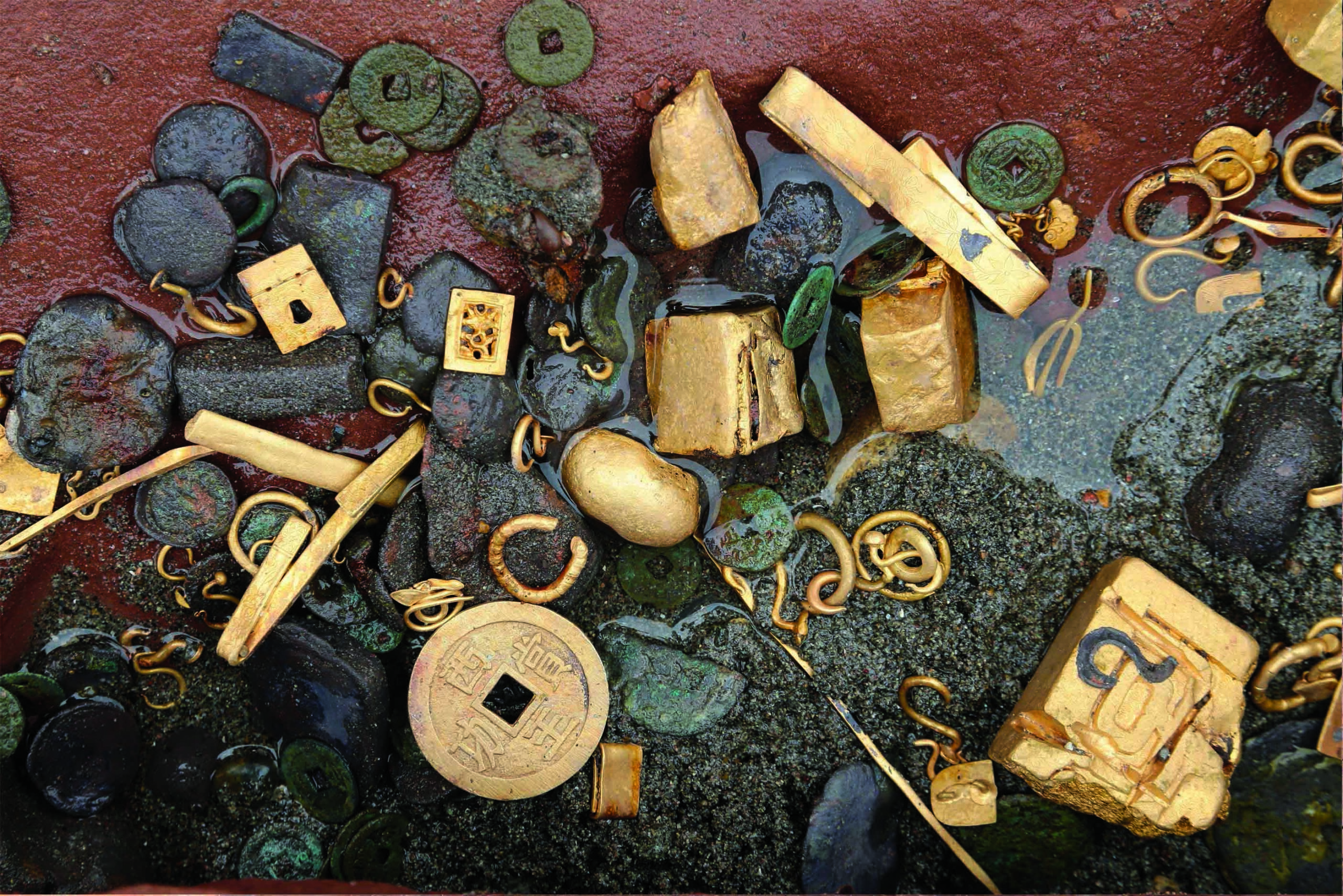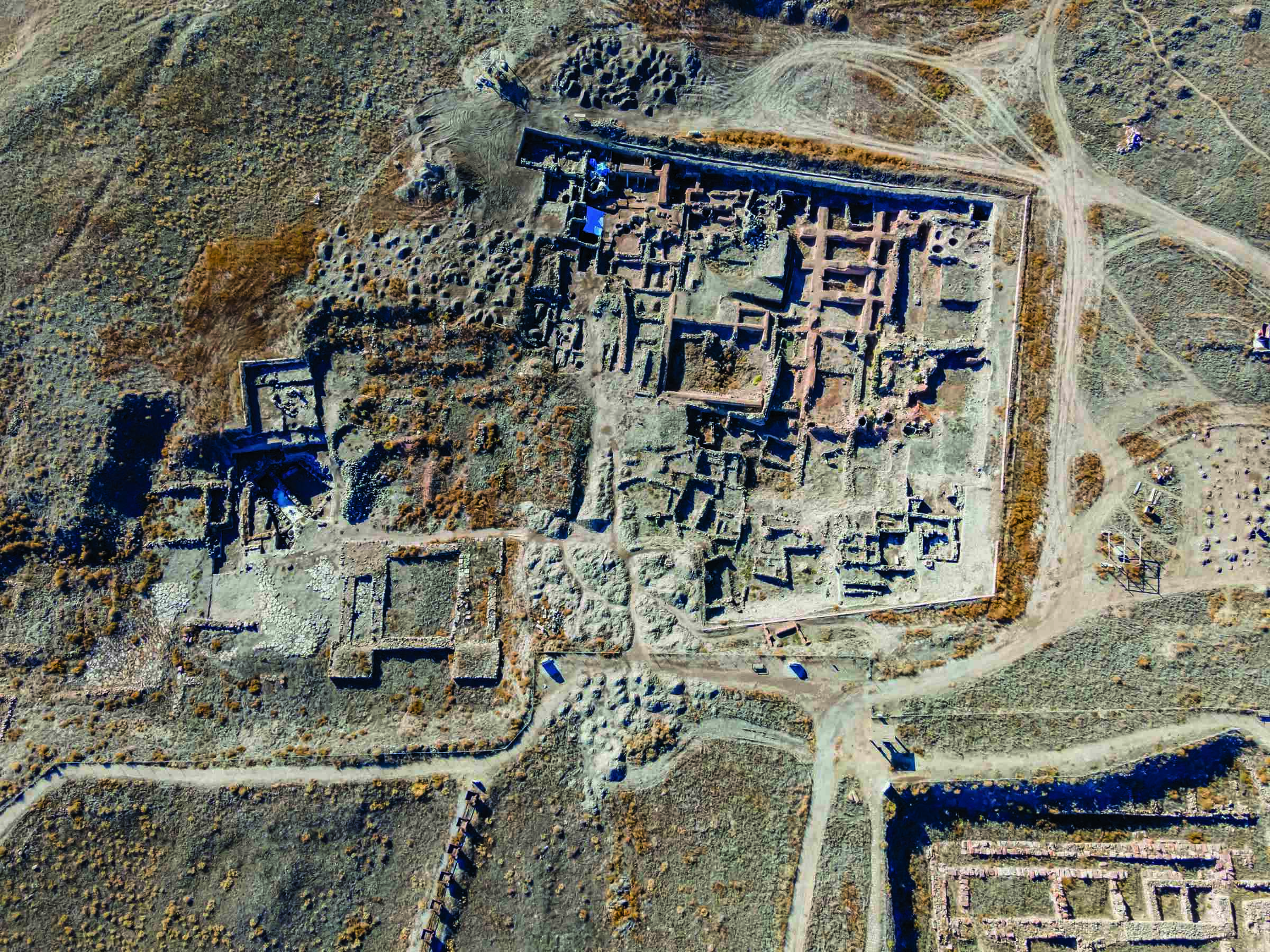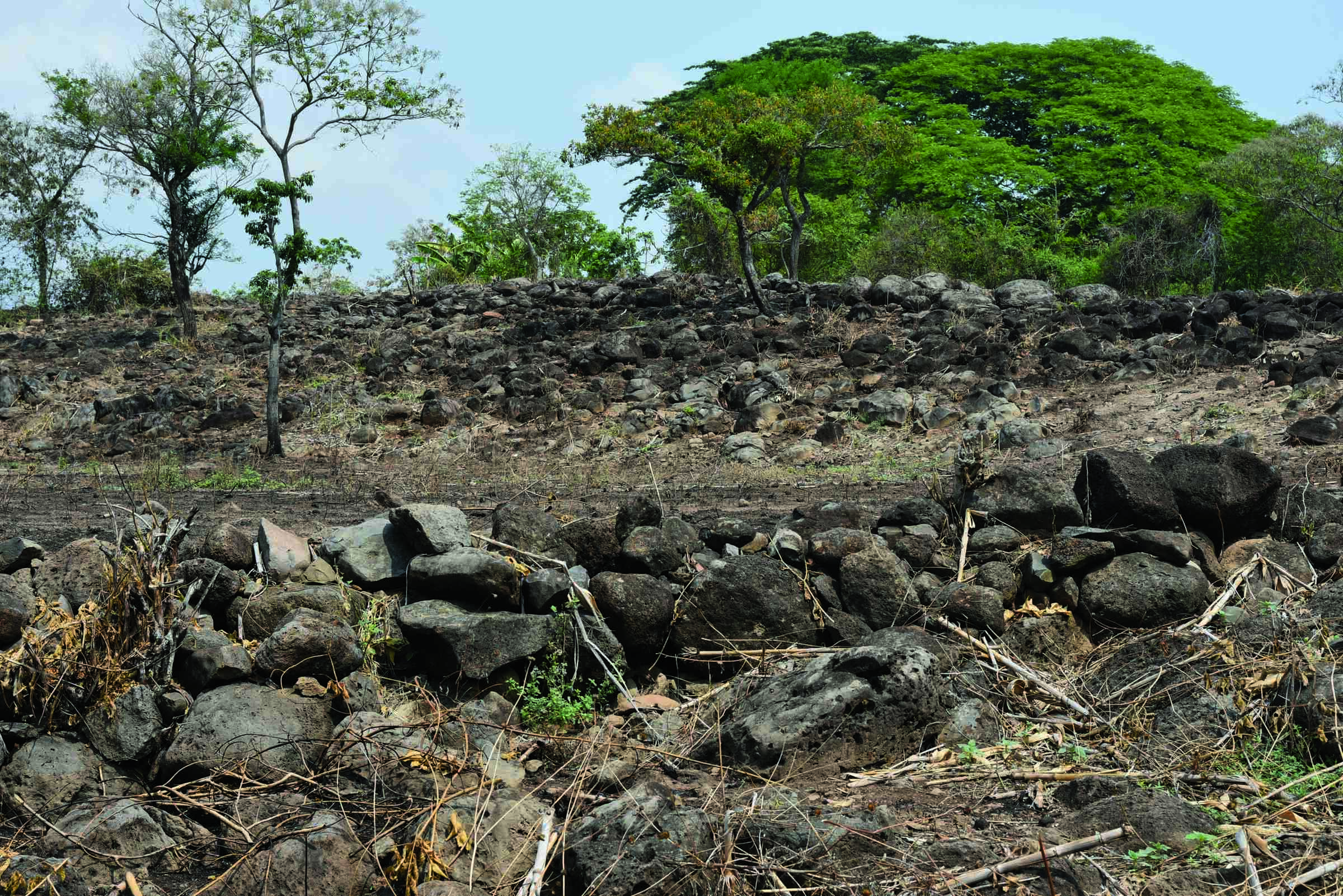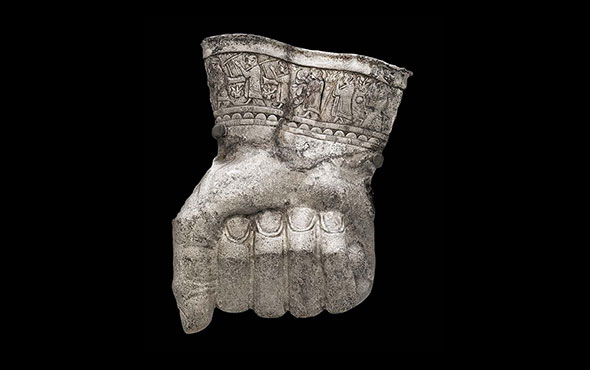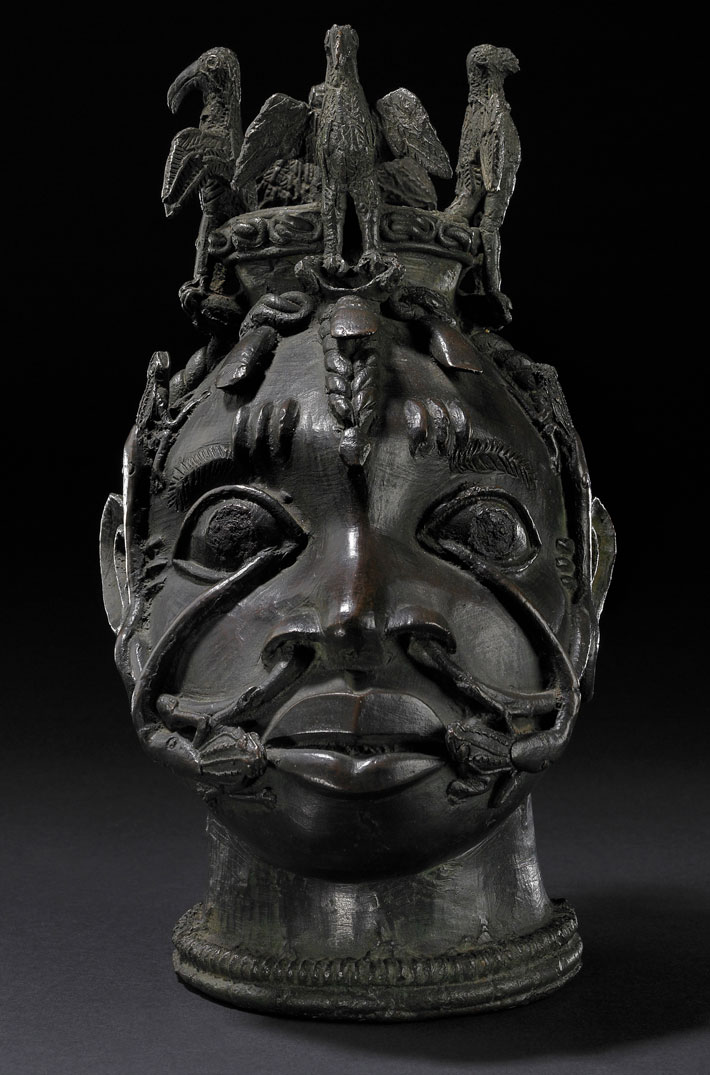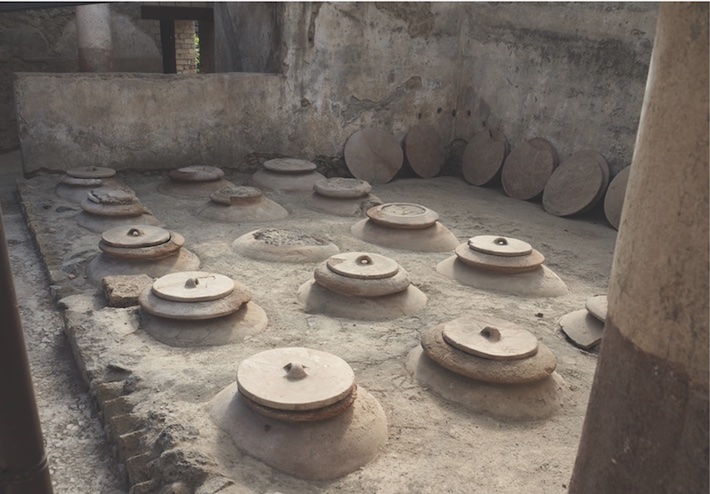
CAMBRIDGE, ENGLAND—According to a report in The Charlotte Observer, Dimitri Van Limbergen of Ghent University and Paulina Komar of the University of Warsaw compared Roman dolia, a type of large, earthenware jar used to make, ferment, and store wine, with qvevri, a similar sort of vessel used in Georgia, where wine making dates back some 8,000 years. The process of making wine in Georgia in antiquity was documented in more detail than in Rome, however, and qvevri are still used in Georgia to produce the beverage. The study found that mineral content in the clay of the dolia contributed to the flavor of the finished wine. It was also determined that the egg shape of the vessel created internal convection currents that stirred up the dead yeasts, grape skins, and other solids in the grape juice mixture to produce a more homogenous final product. Depending upon whether or not the grape skins had been left in the mix, or filtered out with strainers, the finished wine could have come in a range of colors, such as white, reddish-yellow, blood red, and black. Burying the dolia, as they have been found at Pompeii and Villa Regina in Boscoreale, would have created a constant temperature for the fermentation process over a period of months. Limbergen and Komar concluded that finished Roman wine was likely spicy and smelled like toast, apples, roasted walnuts, and curry. Read the original scholarly article about this research in Antiquity. To read more about the production of ancient wine and spirits, go to "Alcohol Through the Ages."


